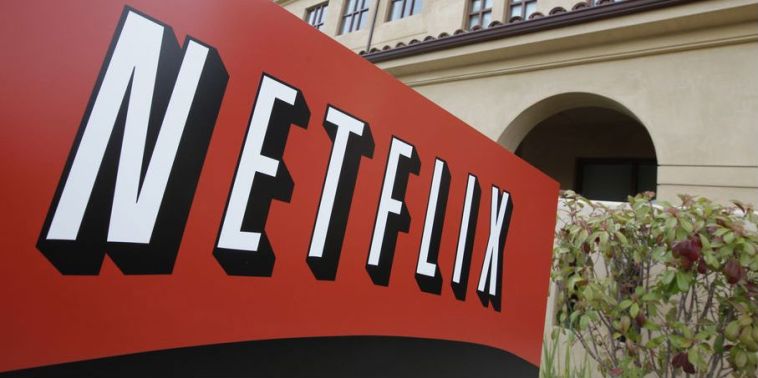SAN FRANCISCO — This is a sequel that Netflix shareholders never wanted to see: The world’s largest Internet video service has once again turned off potential viewers with a price increase that is punishing the company’s stock price.
Videos By Rare
The backlash surfaced in a third-quarter earnings report that Netflix Inc. released Wednesday. Netflix’s subscriber growth lagged well below management forecasts, a shortfall that CEO Reed Hastings traced to a $1-per-month price increase imposed in the U.S. about five months ago.
“There is slightly more (pricing) sensitivity than we thought,” Hastings told The Associated Press in an interview.
The disappointing performance spooked investors already on edge after Netflix rival HBO announced plans for an Internet-only package in the U.S beginning next year.
Netflix’s stock plunged $117.59, or more than 26 percent, to $331 in extended trading. If the downturn is mirrored in Thursday’s regular trading session, it will wipe out nearly $7 billion in shareholder wealth.
The sell-off evoked unwelcome memories of the battering that Netflix absorbed beginning in July 2011. It raised prices by as much 66 percent for customers who had been subscribing to the company’s DVD-by-mail option as well as the Internet video option. The company lost 800,000 subscribers and its stock slumped more than 80 percent over the next year.
But it bounced back, and the customer reaction hasn’t been anywhere as harsh this time. The 13 percent increase only affects subscribers who signed up since May. Prices for households with subscriptions prior to the price increase remain at $8 per month in the U.S. through May 2015.
There are still plenty of people who apparently view Netflix as a bargain — the company added 3 million worldwide subscribers during the three months ending in September.
Those gains missed management’s projection of an additional 3.7 million subscribers for the period, rattling investors. In the U.S., Netflix added about 1 million subscribers, missing the target of 1.3 million set by the Los Gatos, California, company.
“Slightly higher prices result in slightly less growth,” Hastings conceded in his quarterly letter to shareholders.
That news came as a rude awakening to many optimistic investors who had convinced themselves that Netflix had become so popular that the service could get away with raising its prices without scaring off some viewers, said Wedbush Securities analyst Michael Pachter. That belief had helped Netflix’s stock surge 22 percent this year.
“The slowing growth burst the bubble,” Pachter said. “The truth is if you charge more, you can’t grow as fast.”
Slowing subscriber growth eventually could affect Netflix’s ability to pay for high-quality programming such as its critically acclaimed series “House of Cards” and “Orange Is The New Black.” The second seasons of those series both came out during the first half of the year, when Netflix’s subscriber gains beat analysts’ projections.
Netflix is also facing fiercer competition from the likes of Amazon.com Inc., which also recently raised its prices, and Hulu. Hastings, though, brushed off those concerns, insisting there was no evidence that Netflix is losing Internet video viewership to its rivals.
Hastings also reiterated his belief that Netflix eventually will have 60 million to 90 million subscribers in the U.S. The company ended September with 37.2 million U.S. subscribers and expects to add 1.85 million during the final months of this year — about 500,000 fewer than the service picked up in the same 2013 period.
Netflix’s debut in France and Germany last month helped the company pick up 2 million subscribers in international markets. That left Netflix with nearly 16 million subscribers outside the U.S.

